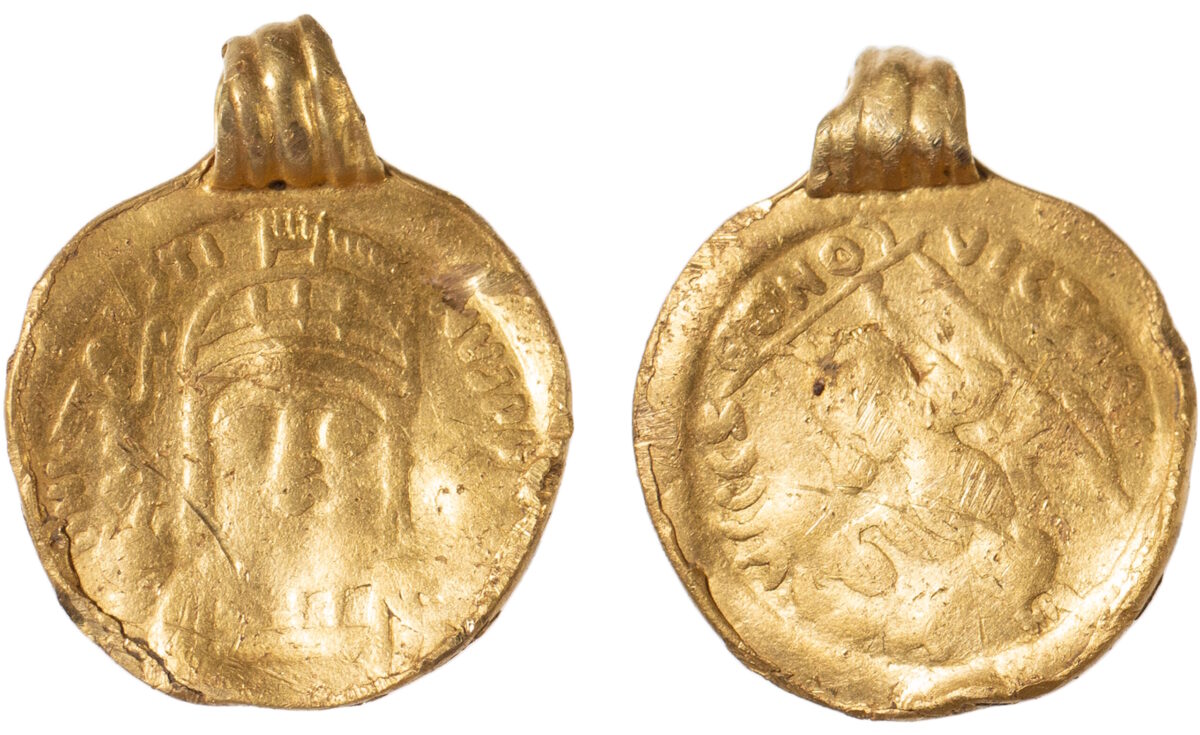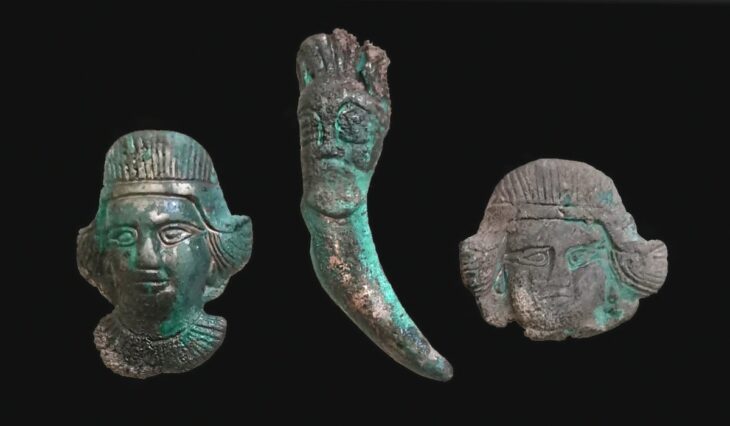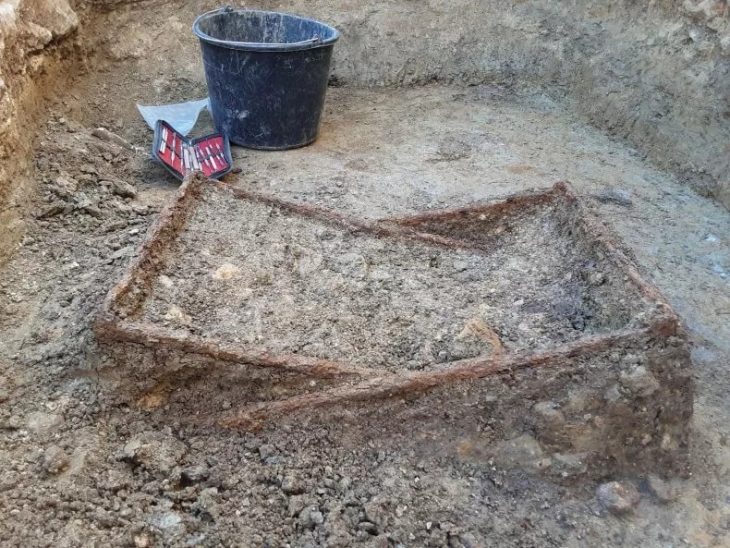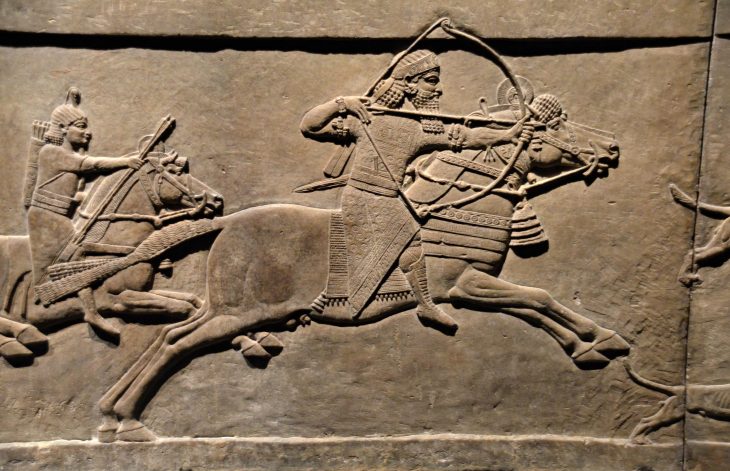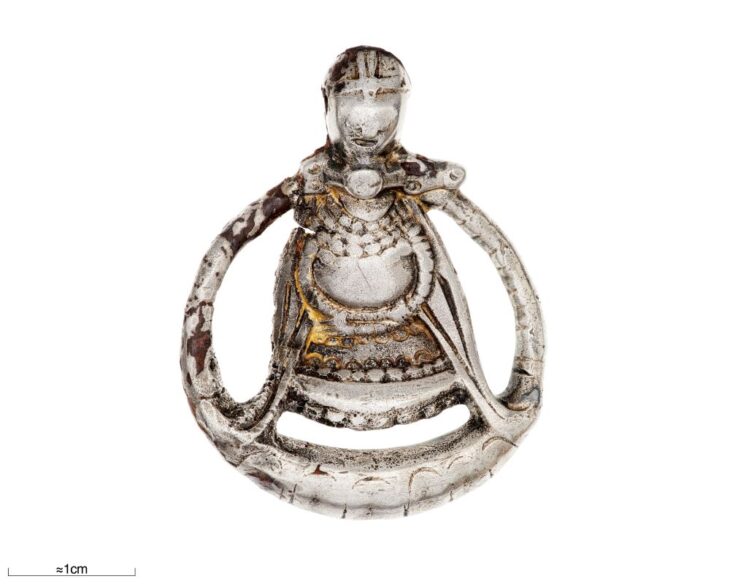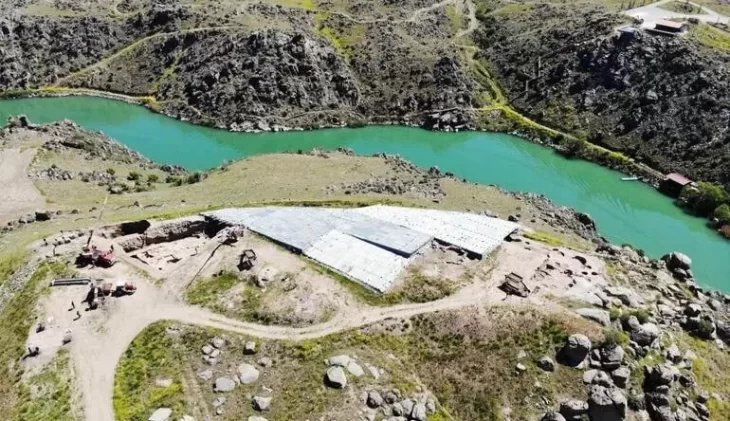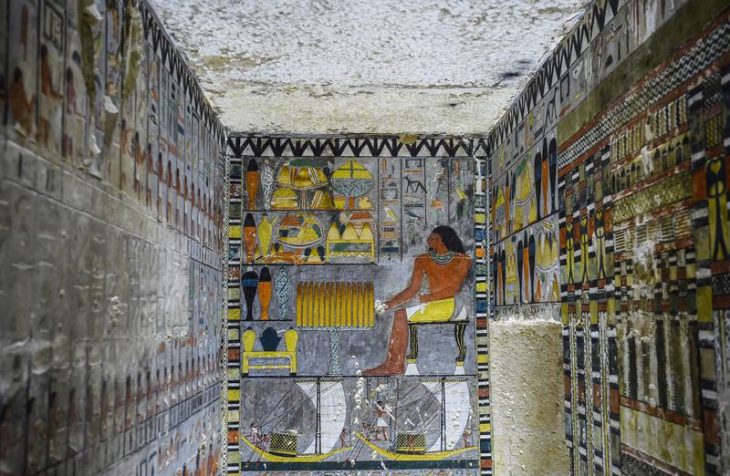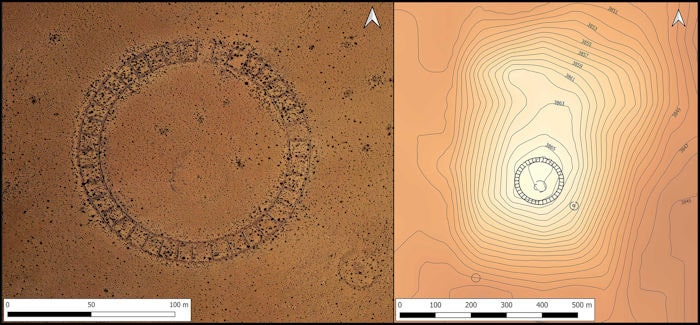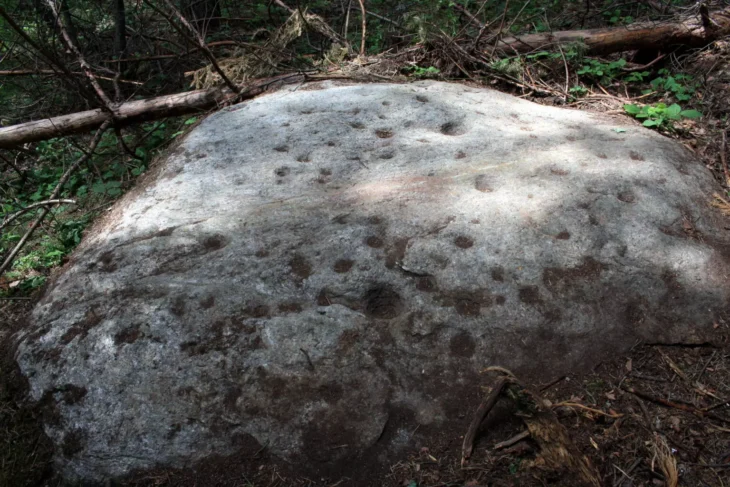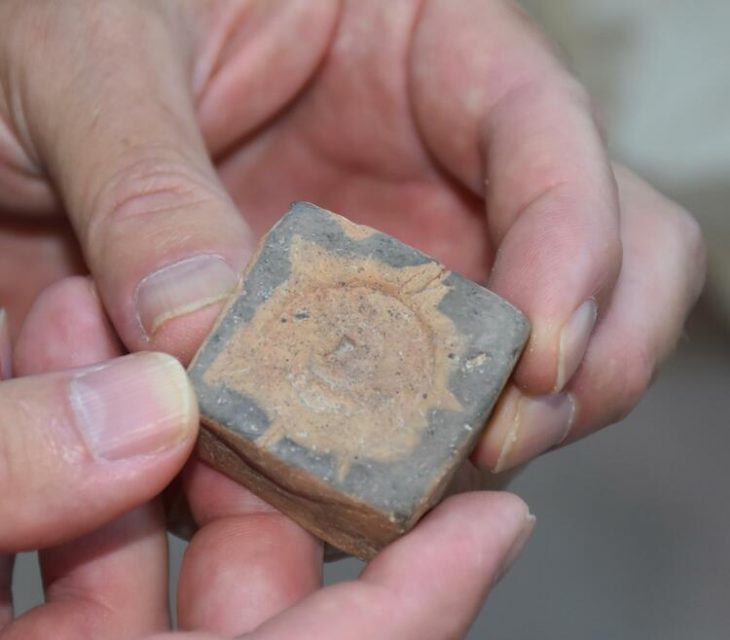Discovery of a rare 6th-century pseudo-Byzantine gold coin pendant near Thaxted sheds new light on elite presence in early medieval Essex.
A finely crafted gold pendant — a 6th-century imitation of a Byzantine coin — has been unearthed near Thaxted, Essex, marking the first known archaeological evidence of elite groups living in the area during the early medieval period.
Measuring 19.6mm (0.7in) in diameter, the high-quality object was discovered by a metal detectorist and declared treasure by a coroner. Experts say the find sheds new light on the hidden aristocracy of post-Roman Britain.
Declared treasure by a coroner, the pendant has sparked major interest from historians and archaeologists. The Saffron Walden Museum hopes to acquire the artifact after it is assessed by the British Museum’s Treasure Valuation Committee.
The pendant is a finely crafted imitation of a gold solidus issued by Emperor Justin II (r. AD 565–578). On the obverse, the emperor is depicted helmeted and armored, holding a globe-topped Victory figure and shield, with the Latin inscription DN IVSTINVS PP AVG (“Our Lord Justin, Eternal Augustus”). The reverse shows the personification of Constantinople seated, bearing a scepter and cross-topped globe, with the inscription VICTORIA AVGGG and mintmark CONOB indicating the Constantinople mint.
📣 Our WhatsApp channel is now LIVE! Stay up-to-date with the latest news and updates, just click here to follow us on WhatsApp and never miss a thing!!
What makes this piece exceptional is not only its design but its transformation into jewellery. The suspension loop, featuring five longitudinal ribs typical of the late 6th to early 7th century, was deliberately placed above the emperor’s portrait — suggesting it was meant to be worn with the emperor’s image proudly displayed. The worn reverse indicates it rested against the wearer’s skin for a long time, reinforcing its personal and symbolic significance.
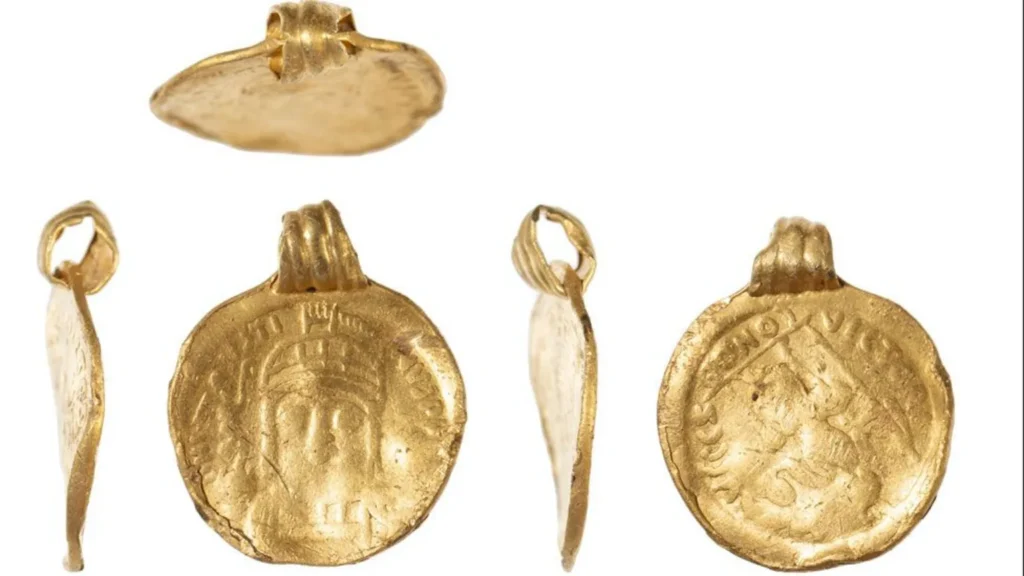
According to Essex County Finds Liaison Officer Lori Rogerson, “This find is flipping what we thought we knew about Essex at this time on its head. We have no written records from this period for the county, so this pendant literally shines a light on that dark age.”
While such pseudo-imperial solidi were minted by several post-Roman European kingdoms — including the Anglo-Saxons, Franks, Lombards, Visigoths, and others — they are more commonly found in regions like Kent, Suffolk, or Norfolk. This makes the Thaxted find a particularly rare example for Essex.
“These high-quality gold items are elite objects,” Rogerson explained. “They don’t appear in commercial archaeology digs, so without chance finds like this, we wouldn’t know these elite individuals even existed in Essex during this period.”
The discovery adds to a growing body of elite early medieval artifacts in the region. Previous notable finds include the lavish Prittlewell burial chamber (dubbed the “Prittlewell Prince”) unearthed near Southend-on-Sea in 2003, as well as high-status items from Colchester, Chelmsford, and a finger ring from Epping Forest.
“This pendant confirms that early medieval Essex had a more complex and wealthy elite society than we previously thought,” Rogerson added. “We’re now seeing evidence of high-status individuals from all corners of the county.”
As interest grows around the pendant, it not only contributes to our understanding of Essex’s forgotten past but also underscores the importance of metal detecting and community archaeology in uncovering the hidden layers of British history.
Cover Image Credit: Colchester and Ipswich Museum Services

